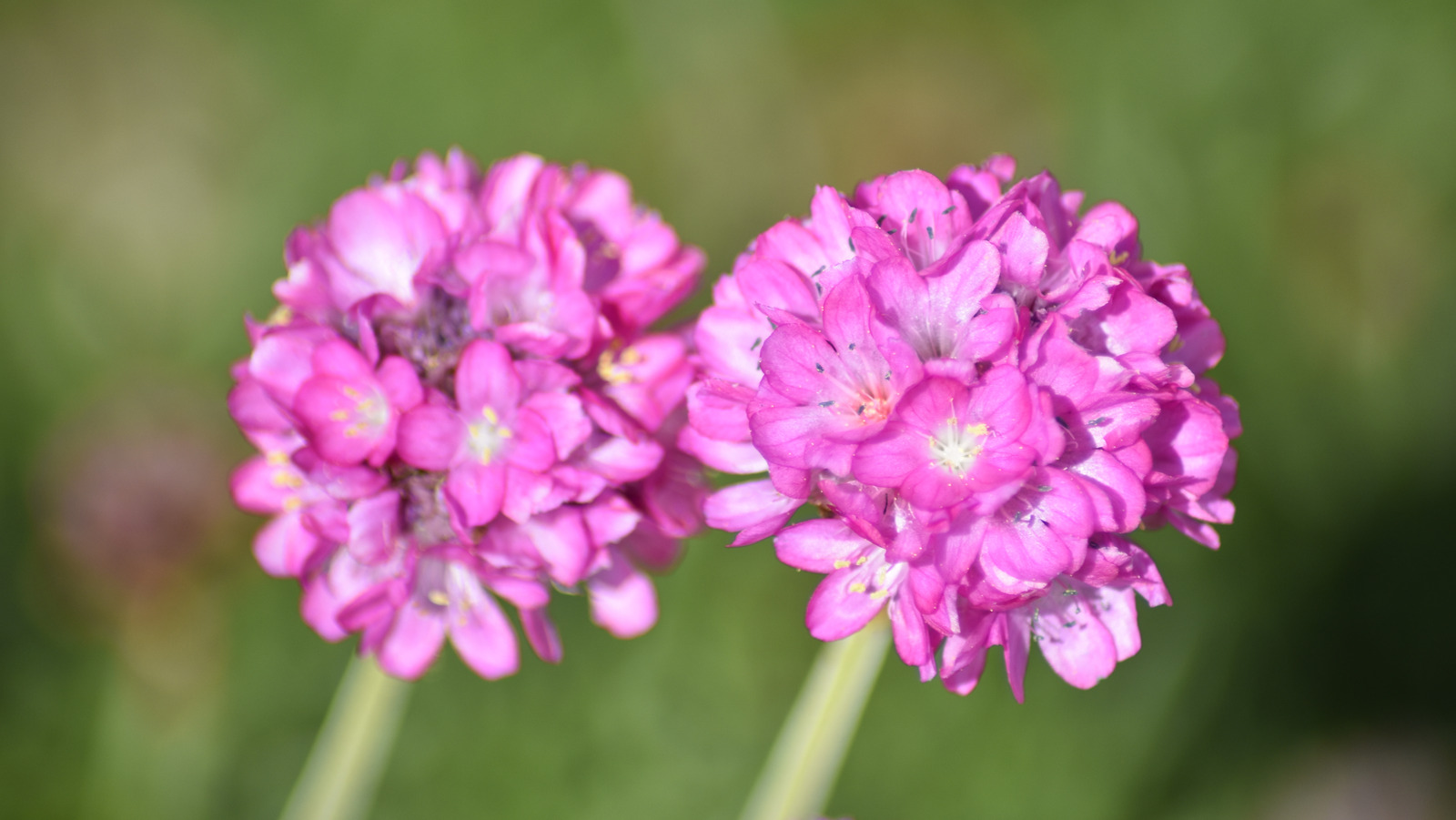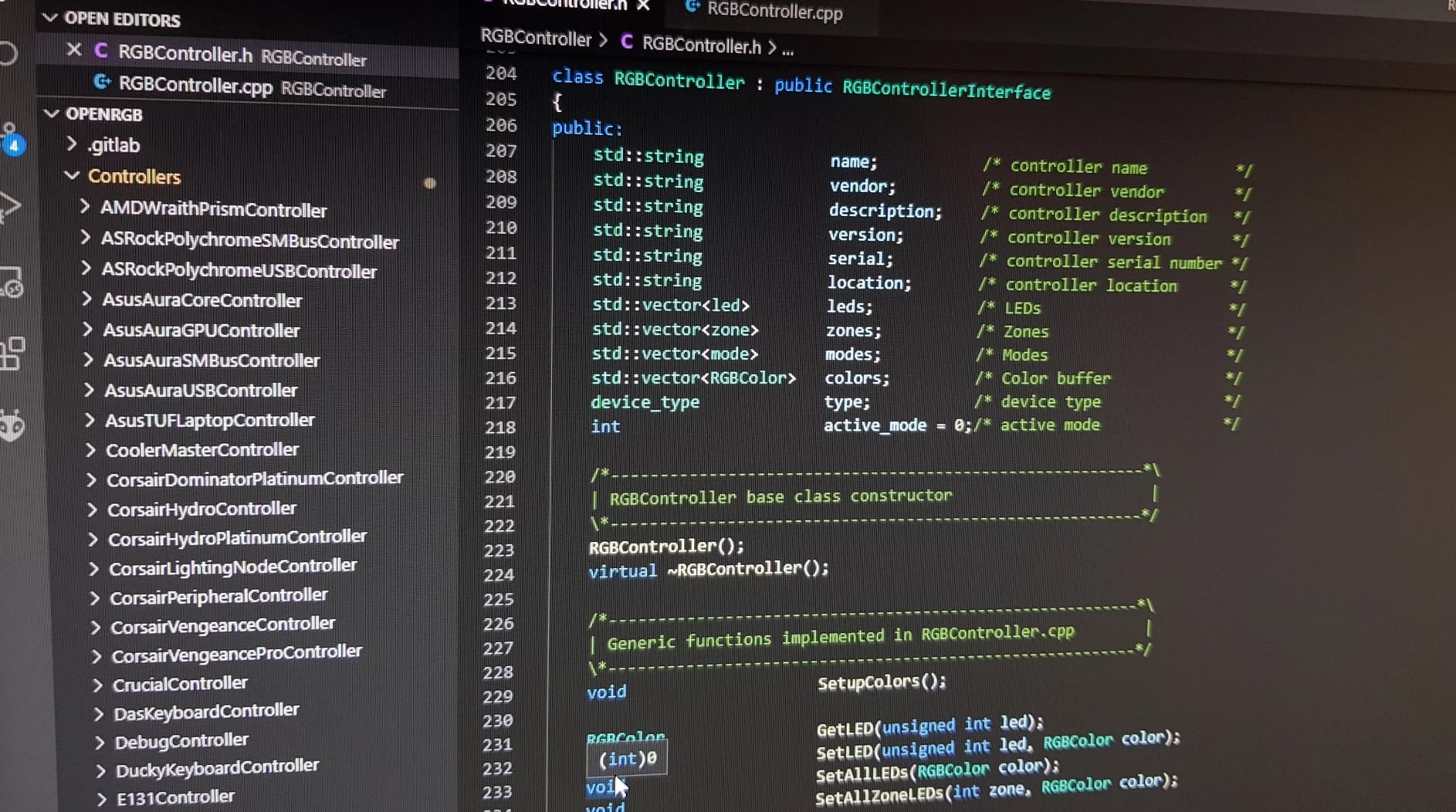
The sea pink, also known as the thrift plant, is a mesmerizing flower that graces coastal cliffs and sandy shores with its vibrant blooms. Its scientific name, Armeria maritima, reflects its affinity for coastal habitats, where it thrives in sandy or rocky soil. The sea pink is a hardy perennial, capable of enduring harsh ocean winds and salty air.
Aside from its stunning appearance, the sea pink holds a treasure trove of fascinating facts that make it an intriguing plant to explore. In this article, we will delve into 19 astounding facts about sea pink, shedding light on its unique characteristics, ecological significance, and cultural associations. From its delicate petals to its ability to withstand challenging environments, the sea pink is truly a remarkable flower that deserves recognition.
Key Takeaways:
- Sea Pink, also known as Armeria maritima, is a resilient coastal plant with colorful flowers that attract pollinators and symbolize coastal strength and hope for conservation.
- Sea Pink, despite its name, can have flowers in various colors and is a low-maintenance, deer-resistant plant that helps prevent erosion and adds natural beauty to seaside weddings.
The Sea Pink, also known as Armeria maritima, is a flowering plant that belongs to the family Plumbaginaceae.
The Sea Pink is a hardy perennial that is native to coastal regions of Europe, North America, and Northern Asia. Its scientific name, Armeria maritima, reflects its preference for coastal habitats.
Sea Pink is not actually pink!
Contrary to its name, Sea Pink flowers are not always pink. They can also be white, lavender, or even purple. The name “Sea Pink” refers to its tufted, pinkish flower heads.
Sea Pink thrives in sandy and salty environments.
Sea Pink plants are well-adapted to coastal conditions, including sandy soils and exposure to salt spray. They are commonly found on sandy dunes, cliffs, and salt marshes.
Sea Pink flowers bloom in clusters.
The Sea Pink produces dense clusters of flowers on top of leafless stalks. Each cluster can contain multiple small flowers that add a splash of color to the coastal landscape.
Sea Pink is a favorite among pollinators.
The Sea Pink flowers are highly attractive to bees, butterflies, and other pollinators. Their nectar-rich blooms provide a valuable food source for these important insects.
Sea Pink has medicinal properties.
The Sea Pink has been traditionally used in herbal medicine for its diuretic and expectorant properties. It has also been used to treat rheumatism and digestive disorders.
Sea Pink is deer-resistant.
Deer tend to avoid eating Sea Pink plants, making them a great choice for gardens in deer-prone areas. This makes Sea Pink a popular option for coastal landscaping.
Sea Pink is a symbol of coastal resilience.
Due to its ability to thrive in harsh coastal conditions, Sea Pink has become a symbol of resilience and strength. It represents the resilience of coastal ecosystems in the face of changing climate and sea level rise.
Sea Pink seeds are dispersed by wind.
After flowering, Sea Pink plants produce small seeds that are dispersed by the wind. This allows the plant to colonize new areas and spread along the coastline.
Sea Pink blooms during the summer months.
The Sea Pink typically flowers from late spring to early summer, creating a vibrant display of color along the coastlines. Its blooms are a welcome sight for beachgoers and coastal enthusiasts.
Sea Pink is a low-maintenance plant.
Sea Pink plants are relatively easy to care for, requiring minimal maintenance. They are drought-tolerant and can withstand challenging coastal conditions.
Sea Pink is a popular choice for rock gardens.
Due to their small size and tolerance for dry, rocky soils, Sea Pink plants are often used in rock gardens and alpine plantings. They add a touch of color and interest to these unique garden settings.
Sea Pink has been used in traditional dyes.
The vibrant flowers of Sea Pink have been used to create natural dyes for textiles. In the past, these dyes were used to color fabrics and yarns.
Sea Pink is a great plant for erosion control.
The deep-rooted nature of Sea Pink plants makes them effective for stabilizing soil and preventing erosion along coastal slopes and embankments. Their presence helps to protect fragile coastal ecosystems.
Sea Pink is a popular choice for seaside weddings.
Due to its coastal association and attractive flowers, Sea Pink is often incorporated into seaside wedding bouquets, centerpieces, and decor. It adds a touch of natural beauty to beach-themed ceremonies.
Sea Pink has inspired artists and writers.
The delicate beauty of Sea Pink flowers has captivated artists and writers throughout history. It has been featured in paintings, poems, and other forms of artistic expression.
Sea Pink is a protected species in some areas.
Due to habitat loss and overcollection, Sea Pink is considered a protected species in certain regions. Conservation efforts are in place to ensure the survival of this coastal gem.
Sea Pink can be grown from seed or propagated through division.
Gardeners can cultivate Sea Pink by sowing seeds directly in well-draining soil or by dividing existing plants. With proper care, they can enjoy a beautiful display of Sea Pink flowers in their own gardens.
Sea Pink is a beacon of hope for coastal conservation.
The resilience and beauty of Sea Pink serve as a reminder of the importance of protecting and preserving coastal ecosystems. By safeguarding habitats like the Sea Pink’s natural environment, we can ensure a sustainable future for our coastlines.
Conclusion
Sea Pink, also known as thrift or Armeria maritima, is a fascinating plant that has captivated the interest of many nature enthusiasts. From its vibrant pink flowers to its ability to thrive in coastal environments, sea pink has proven to be a resilient and beautiful addition to any garden or landscape.
Throughout this article, we have explored 19 astounding facts about sea pink, shedding light on its unique properties and ecological significance. From its importance in supporting pollinators to its medicinal uses, sea pink continues to amaze us with its versatility and beauty.
Whether you’re a gardening enthusiast or simply appreciate the beauty of nature, sea pink is a plant that is worth discovering and incorporating into your own landscape. With its stunning flowers and ability to thrive in inhospitable conditions, sea pink is truly a testament to the resiliency and adaptability of nature.
FAQs
1. What are the ideal growing conditions for sea pink?
Sea pink thrives in well-drained soil and prefers full sun exposure. It is highly tolerant of coastal conditions, including salt spray and sandy soil.
2. How often should I water sea pink?
Sea pink is drought-tolerant and does not require frequent watering. However, it is important to water newly planted sea pink regularly until it becomes established. After that, watering can be reduced to once every couple of weeks, depending on the weather and soil conditions.
3. Can sea pink be grown in containers?
Yes, sea pink can be successfully grown in containers. Choose a pot with good drainage and use a well-draining soil mix. Water the plant sparingly, ensuring the soil doesn’t become waterlogged.
4. How often does sea pink bloom?
Sea pink blooms profusely in spring and early summer, usually from May to July. The flowers can last for several weeks, adding a burst of color to your garden or landscape.
5. Are there any pests or diseases that affect sea pink?
Sea pink is generally resistant to pests and diseases. However, it can be susceptible to root rot if planted in poorly drained soil. Providing proper drainage and ensuring good air circulation can help prevent this issue.
6. Can sea pink be propagated from seeds?
Yes, sea pink can be propagated from seeds. Collect the seeds after the flowering season and sow them in a seed tray or directly in the garden. Keep the soil moist until germination occurs.
7. Can sea pink be used in floral arrangements?
Absolutely! Sea pink’s beautiful pink flowers make it a popular choice for floral arrangements. Cut the stems just before the flowers fully open and place them in a vase with fresh water. Change the water every few days to prolong their vase life.
8. Is sea pink a native plant?
Sea pink is native to coastal areas of Europe, including the British Isles and the Mediterranean region. It has since been introduced to other parts of the world due to its beauty and hardiness.
9. Can sea pink attract butterflies and bees?
Yes, sea pink is known to attract butterflies, bees, and other pollinators with its nectar-rich flowers. It plays a crucial role in supporting the local ecosystem and promoting biodiversity.
10. Can sea pink be grown in colder climates?
Sea pink is a cold-hardy plant and can tolerate harsher climates. However, in colder regions, it may require additional protection during the winter months, such as mulching or covering with a frost cloth.
Sea pink's captivating beauty and resilience have undoubtedly piqued your curiosity. Continue exploring the wonders of this coastal gem by delving into 20 astonishing facts about Armeria, the genus to which sea pink belongs. Uncover even more fascinating insights with 9 additional astounding facts about Armeria, shedding light on its unique characteristics and ecological significance. Immerse yourself in the world of these enchanting plants and gain a deeper appreciation for their role in coastal ecosystems.
Was this page helpful?
Our commitment to delivering trustworthy and engaging content is at the heart of what we do. Each fact on our site is contributed by real users like you, bringing a wealth of diverse insights and information. To ensure the highest standards of accuracy and reliability, our dedicated editors meticulously review each submission. This process guarantees that the facts we share are not only fascinating but also credible. Trust in our commitment to quality and authenticity as you explore and learn with us.


